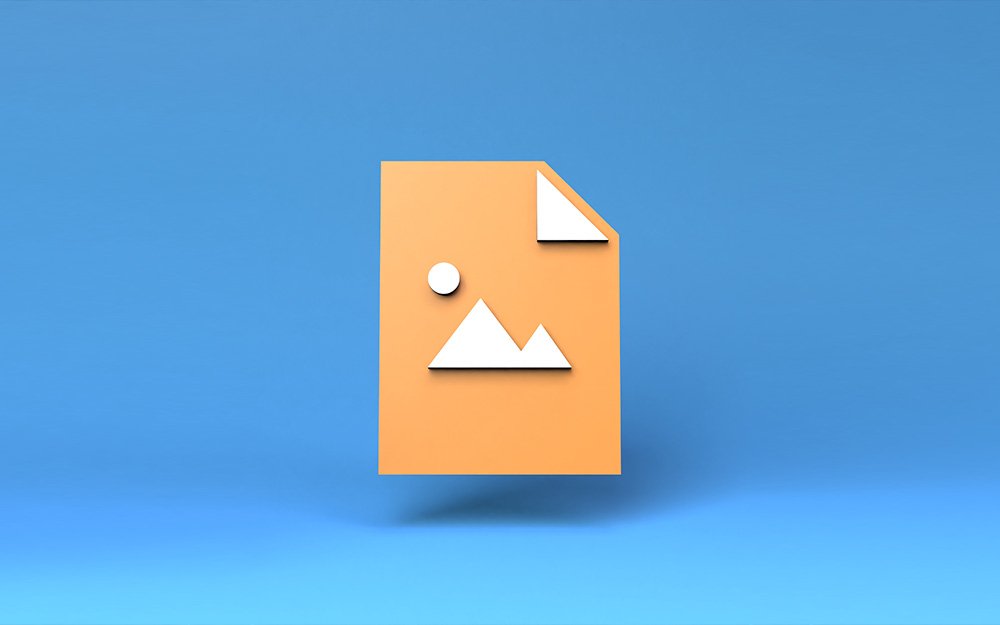Slow-loading websites can be frustrating for users and detrimental to SEO rankings. Images are often the primary culprits behind sluggish web page performance. In this comprehensive guide, we’ll explore the essential techniques and strategies to optimize your WordPress images for faster loading times, ensuring an enhanced user experience and improved search engine rankings.
Understanding Image Optimization
Image optimization involves reducing the file size of images while maintaining their visual quality. When done correctly, it significantly improves your website’s loading speed, resulting in a better user experience and enhanced SEO rankings. Here are the essential steps to achieve optimal image optimization in WordPress:
1. Choose the Right Image Format
Keyword Phrases: Image format, JPEG, PNG, GIF
Selecting the appropriate image format is the first step in optimization. Use JPEG for photographs and images with many colors, PNG for images with transparency, and GIF for simple animations. Choosing the right format minimizes file size without sacrificing quality.
2. Resize Images to the Required Dimensions
Keyword Phrases: Image resizing, dimensions, responsive design
Before uploading images to your WordPress site, ensure they are appropriately sized for their intended use. Avoid using large images and then resizing them with HTML or CSS, as this adds unnecessary load time.
3. Use Compression Tools and Plugins
Keyword Phrases: Image compression, WordPress plugins, file size reduction
Take advantage of image compression tools and plugins designed for WordPress. Popular options include WP Smush, EWWW Image Optimizer, and TinyPNG. These tools reduce file sizes without compromising image quality.
4. Enable Lazy Loading
Keyword Phrases: Lazy loading, image rendering, page speed
Implement lazy loading to delay the loading of images until users scroll down the page. This technique conserves bandwidth and accelerates initial page load times.
5. Optimize Alt Text and Descriptions
Keyword Phrases: Alt text, image descriptions, SEO optimization
Include descriptive and SEO-friendly alt text and image descriptions for each image. Alt text not only improves accessibility for visually impaired users but also aids search engines in understanding your content.
6. Leverage Responsive Images
Keyword Phrases: Responsive design, adaptive images, mobile optimization
Ensure that your WordPress site uses responsive design techniques to serve appropriately sized images to different devices. This minimizes the need for users to download large images on mobile devices with smaller screens.
7. Implement Content Delivery Networks (CDNs)
Keyword Phrases: CDN, content delivery network, website speed
Use CDNs to distribute images and other media assets across multiple servers geographically. CDNs reduce server load and deliver content to users from the nearest server, speeding up image loading times.
8. Regularly Audit and Optimize Your Media Library
Keyword Phrases: Media library optimization, WordPress cleanup, database maintenance
Periodically review your WordPress media library and delete unused or unnecessary images. Removing clutter helps keep your website’s database lean and efficient.
9. Test Your Website’s Performance
Keyword Phrases: Performance testing, page speed analysis, website optimization
Regularly conduct performance tests using tools like Google PageSpeed Insights or GTmetrix. These tools provide insights into areas where further optimization may be required.
10. Monitor and Maintain Image Optimization
Keyword Phrases: Maintenance, image optimization, performance monitoring
Image optimization is an ongoing process. Continuously monitor your website’s performance and make adjustments as needed to ensure fast loading times.
In conclusion, optimizing your WordPress images for faster loading times is essential for both user satisfaction and SEO success. By following these best practices, you can create a lightning-fast website that not only delights visitors but also ranks higher in search engine results.
Disclaimer:The information provided in this article is intended for general guidance and informational purposes only. While following these image optimization practices can significantly improve your website’s loading speed, individual results may vary based on factors such as your website’s content and hosting environment. We recommend consulting with a web development professional for personalized advice and assistance with image optimization for your specific WordPress site.
